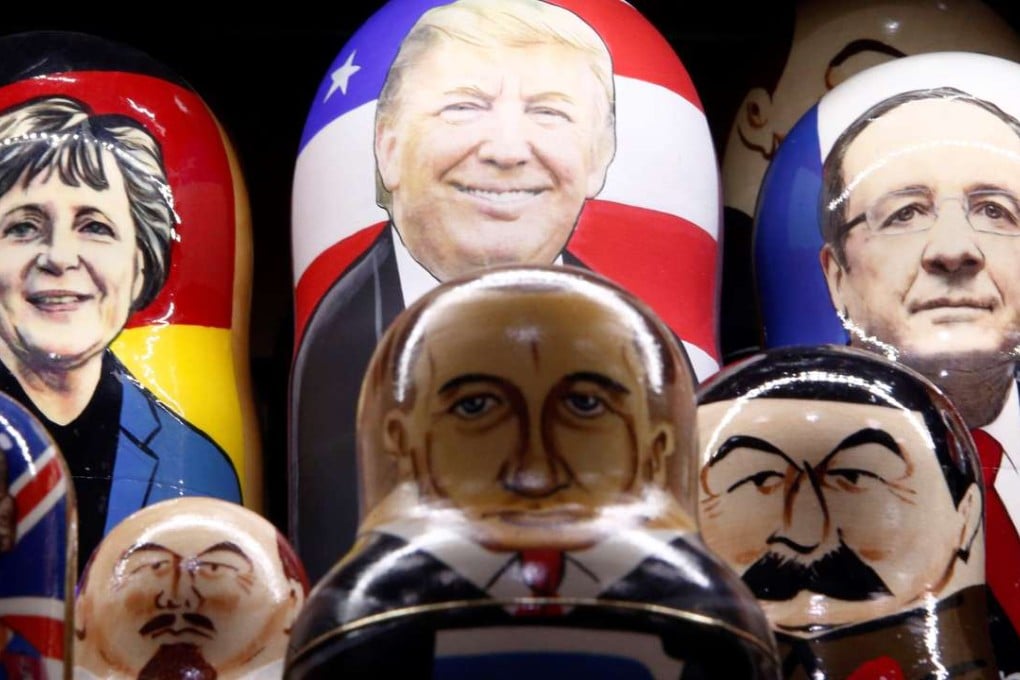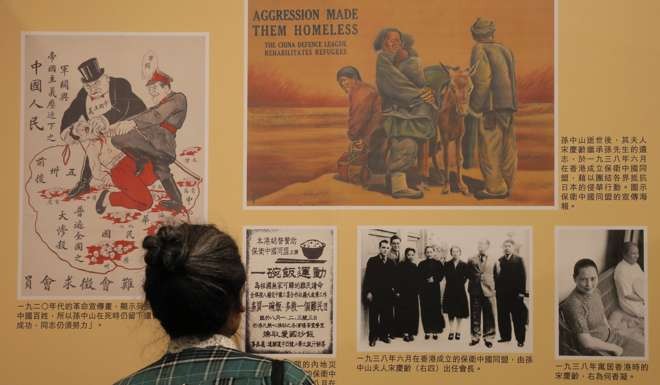An alliance between the US, China and Russia: is the world ready for it?
Niall Ferguson weighs President-elect Donald Trump’s strategic options and says warmer relations with Beijing and Moscow may be his best choice of a new, but stable, world order

“It Can’t Happen Here”. That was the title of Sinclair Lewis’ 1935 novel in which the fascistic Berzelius “Buzz” Windrip is elected president and within months transforms the US into an American Reich. Well, maybe it just did happen here.
The litmus test will be how far Steve Bannon’s appointment as chief strategist to the president-elect, Donald Trump, signals the triumph of the will of the so-called alt-right. Are we all doomed to the third world war, only this time with America on the wrong side?
Rather than speculate on Trump’s foreign policy, it may be more constructive to ask what his strategic options are.
How Trump might actually build on Obama’s US foreign policy legacy
Let us begin with the geopolitical landscape that Trump inherits from his predecessor. In his most recent book, World Order, Henry Kissinger argues that the world is in a condition verging on anarchy. The legitimacy of the post-war American-led world order is being challenged, notably by Islamic and Chinese alternatives. The emergent properties of this new world disorder are the formation of regional blocs and the danger that friction between them might escalate.

What will Trump presidency mean for Asia and China’s regional role?
Kissinger has outlined four scenarios that he regards as the most likely catalysts for a large-scale conflagration: